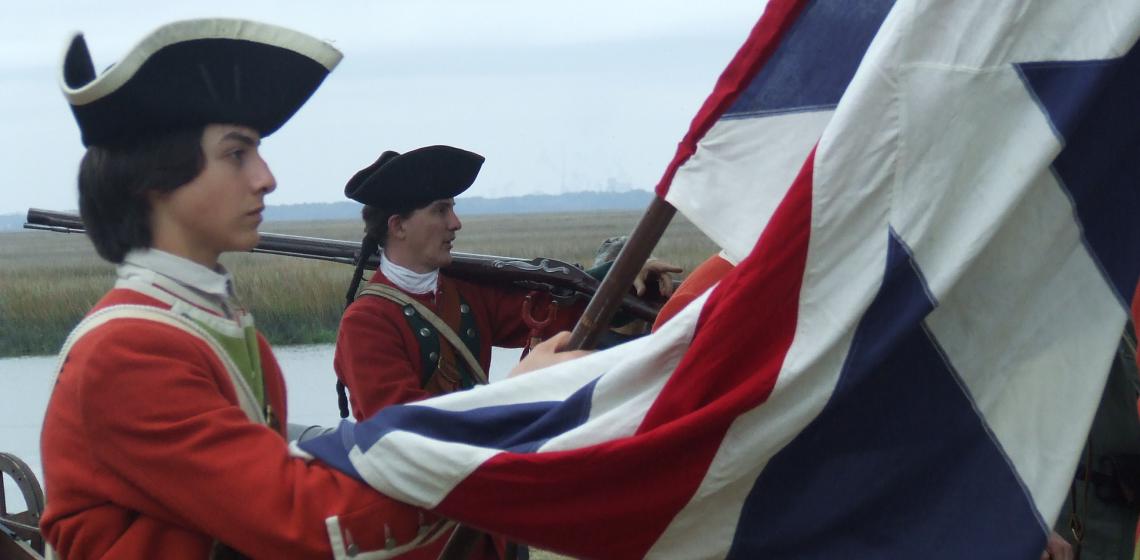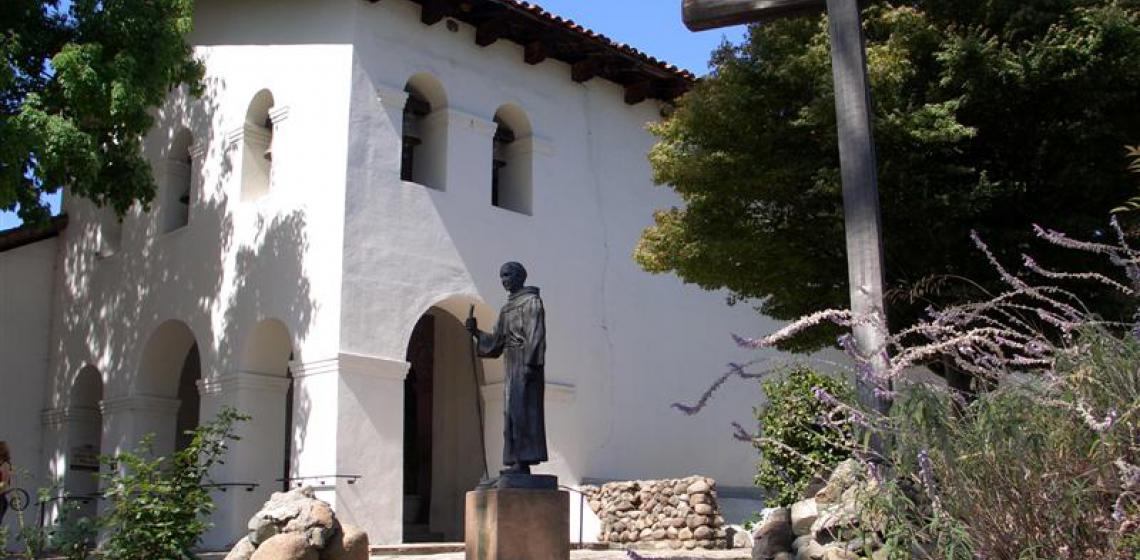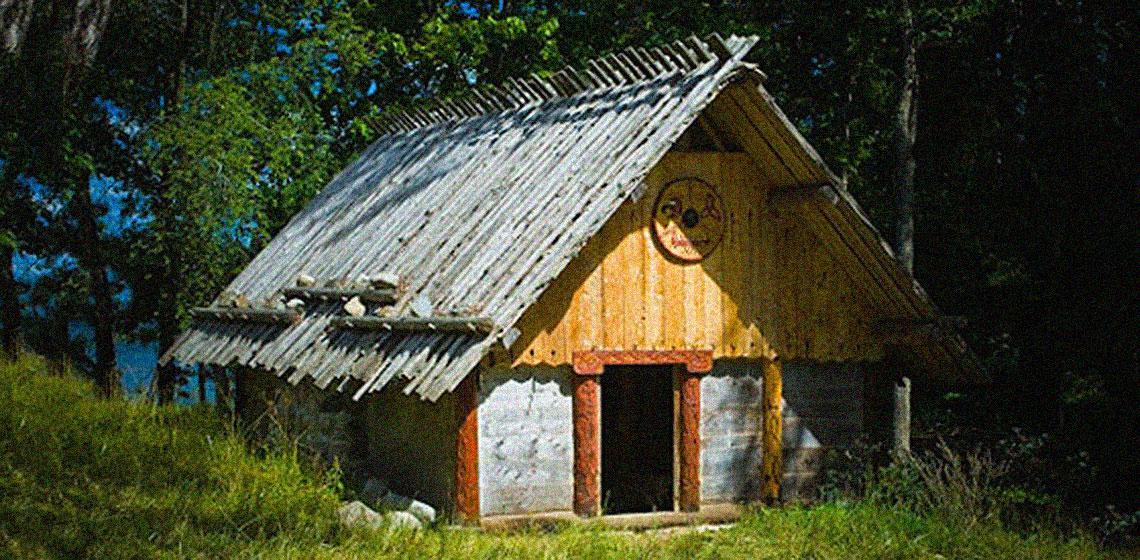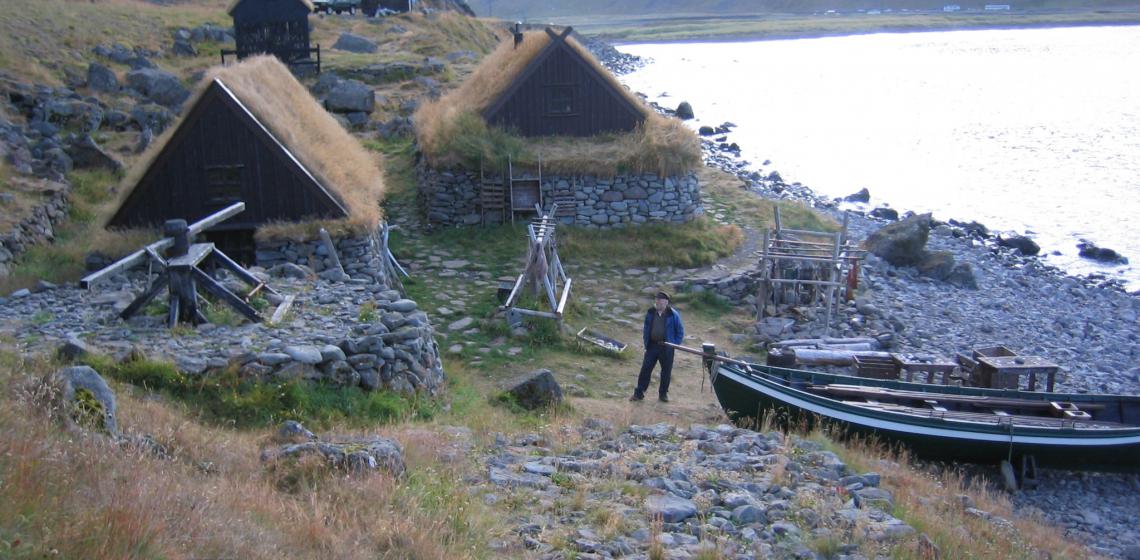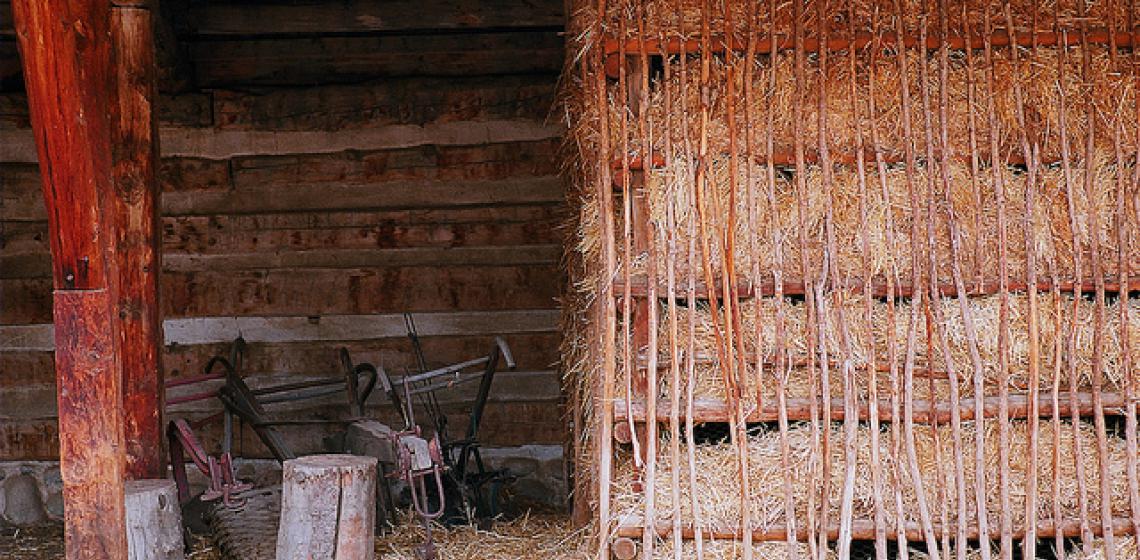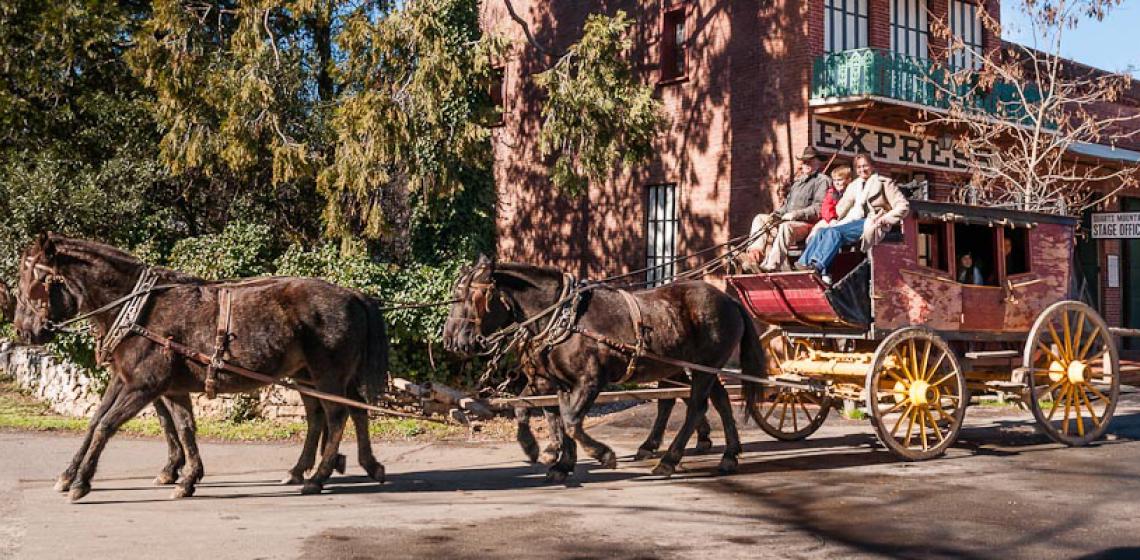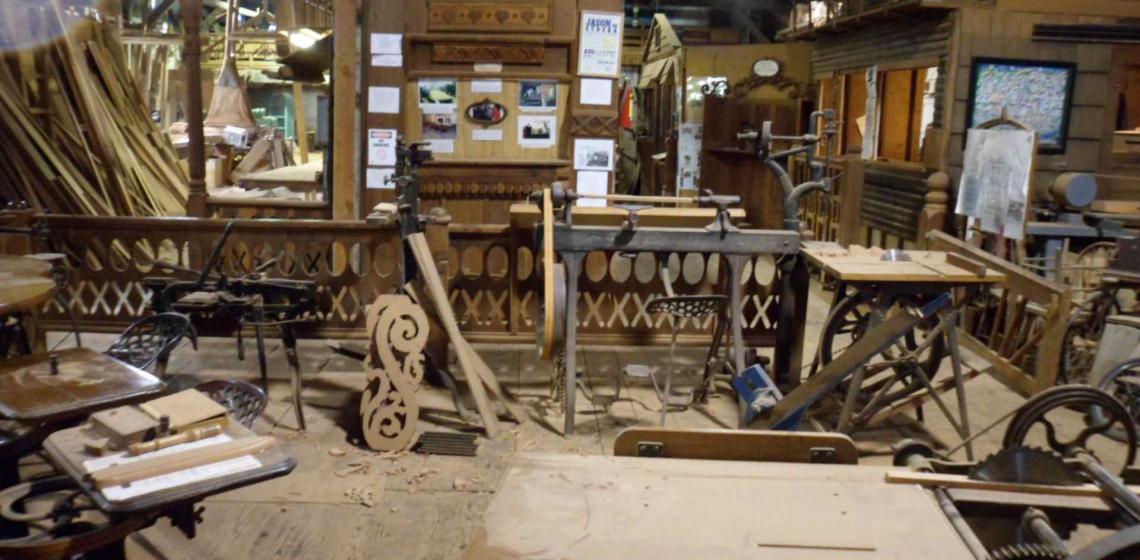Ocmulgee (US)
Welcome to Ocmulgee National Monument this park is a memorial to the relationship of people and natural resources. Native Americans first came here during the Paleo-Indian period hunting Ice Age mammals. Different cultures occupied this land for thousands of years. The Mississippian culture arrived here around 900 constructing mounds for their elite. Today the mounds still remain for all to see.
Welcome to Ocmulgee National Monument this park is a memorial to the relationship of people and natural resources. Native Americans first came here during the Paleo-Indian period hunting Ice Age mammals. Different cultures occupied this land for thousands of years. The Mississippian culture arrived here around 900 constructing mounds for their elite. Today the mounds still remain for all to see.


